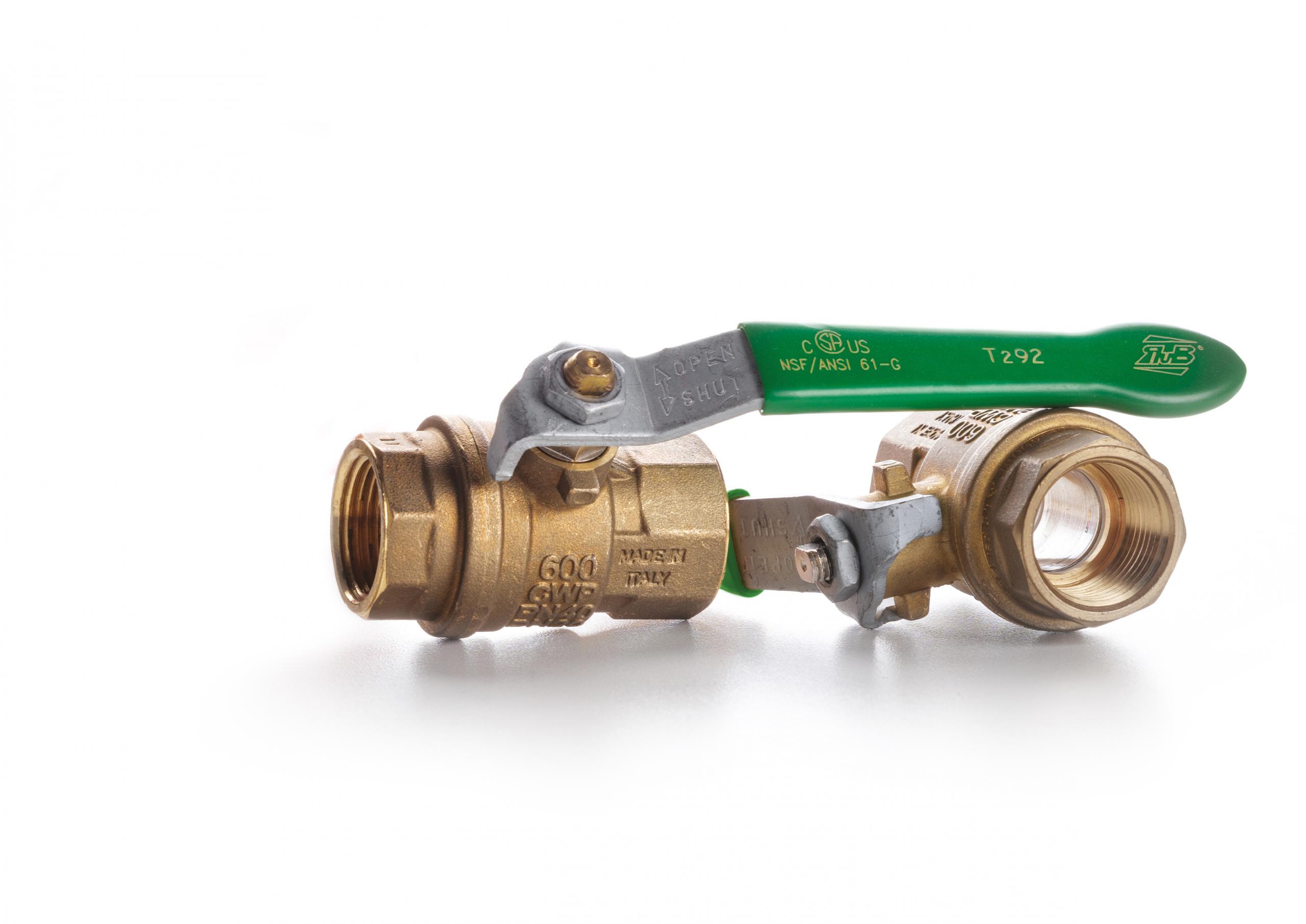Ductile and resistant, lead has been used from as far back as ancient Greek and Roman times to make the pipes used to supply water to the population.
In the centuries that followed, this material was therefore a key component in manufacturing taps, valves and, more generally, water distribution systems. In the early ‘60s, however, science was able to prove the toxicity of this metal, prompting industries to dramatically reduce its use.
Several countries have now adopted new regulations on brass products in contact with drinking water for human consumption, and the requirements for drinking water quality are increasingly stringent. For example, the EU Drinking Water Directive, which sets the new lead content limit at 10 µg/l, came into force on 1 December 2013. In the United States, the maximum permitted lead content for fittings used in drinking water systems, as calculated from the weighted average of the wet surfaces, has been 0.25% since the beginning of 2014.
Bonomi Industries currently also manufactures lead- free valves. In these valves, the surfaces in contact with drinking water contain less than 0.25% lead and are certified by CSA International to comply with U.S. s3874, California AB1953 and similar safe drinking water management laws in other states.
The Puri-T 292 NPT RuB valve has a lead-free chrome plated brass ball, the Puri-T 264 NPT is an actuated valve with a built-in ISO 5211 flange for directly mounting electric and pneumatic RuB actuators, the Puri-T 242 NPT is supplied with solder fittings, and the s.468 LF DZR valve, with compression ends, is dezincification resistant and lead-free in accordance with the Hygienic Copper Alloys Composition List (HCACL) (UBA list). These types of valves can be used in a wide variety of system engineering sectors, from heating to air conditioning, water, sanitation, compressed air, and distribution networks for oil, petrol, saturated steam and, in general, any non-corrosive fluid.
By using lead-free ball valves, you can help ensure the safety of drinking water and reduce the risk of lead contamination.
Consult the complete technical data sheets:
